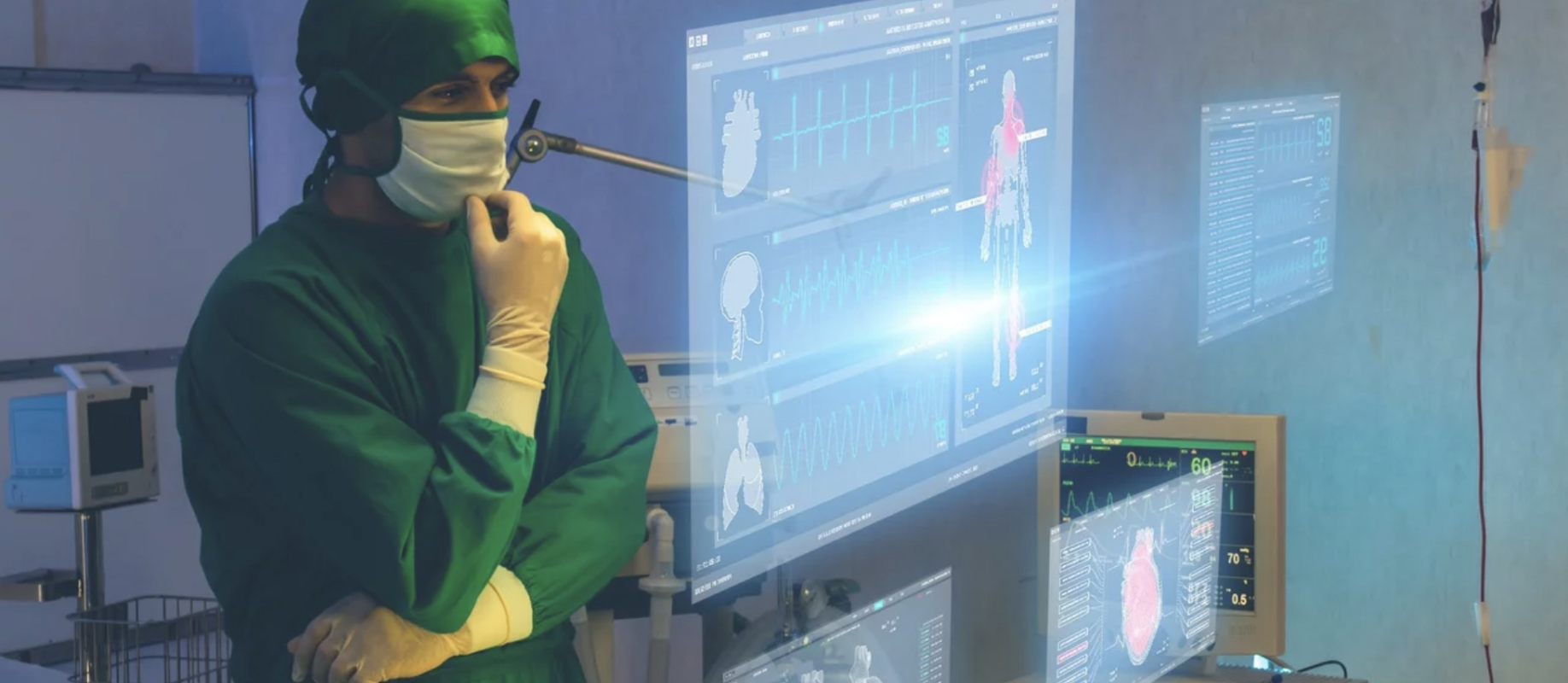
This article was originally published on ManufacturingDigital.com.
Digital identification solutions including RFID (radio frequency identification) and NFC (near-field communication) have been disrupting industries and transforming supply chains across automotive, logistics, apparel and food for a number of years. Now it is the turn of pharma and medical device companies to explore digital twin technologies and benefit from the vast business and societal opportunities of physical-digital convergence.
In a recent Avery Dennison study, pharmaceutical companies revealed their plans to implement a breadth of digital identification technologies to boost supply chain efficiency within the next few years. Almost a quarter (22%) of pharma companies surveyed said that RFID was being considered as one of the most strategic solutions to reduce supply chain waste, while the use of blockchain to help with supply chain tracking, currently used by 6.3% of survey respondents, will rise 15-fold to 95% in three years. The proliferation of digital twins enabled by digital ID technologies offers great potential for transforming healthcare delivery, but what exactly is a digital twin and how can pharma and healthcare companies benefit?
What is a digital twin?
A digital twin is a unique digital identity holding all of the information about a physical item such as a medical device, a pharmaceutical product or a laboratory sample. It spans the entire lifecycle of a product from manufacturing until it reaches the caregiver or the patient. Using real-time data, digital twins can be leveraged for multiple purposes such as track and trace, inventory accuracy, product authentication and patient safety.
RFID is the most cost-effective wireless digital ID technology capable of broadening the scope of the Internet of Things (IoT) to trillions of simple everyday items. Compared to barcodes, RFID automated processes are able to read multiple items at once without needing a direct line of sight. NFC technology is a 1:1 technology designed for short-range use and is ideal for mobile applications such as patient engagement, as the vast majority of smartphones have built-in NFC reading capabilities. It is an easy and secure way for patients and caregivers to engage with medicines and diagnostic devices.
How can digital twins be used in healthcare?
There are several ways in which digital twins have been shown to deliver value to the healthcare industry:
Creating a unique digital identifier for every single item in the supply chain can boost productivity from drug manufacturers to hospital care. For pharmaceutical manufacturers, it enables end-to-end digitalisation, improves control over the quality of the product, and helps with recalls without modification to existing production lines. For supply chain operators, it offers end-to-end visibility, reduces supply chain disruptions and helps manage inventory, recalls and temperature monitoring.
At the point of care, it offers increased visibility, tracking and security capabilities for healthcare facilities and patients. In hospitals and pharmacies, it facilitates automated medication and inventory management and reduces the risk of medication errors. Automating processes at healthcare facilities improves workflows, making processes easier, and reducing human errors.
Enhancing patient care and safety
RFID can help to prevent misdiagnoses and promote better clinical outcomes by reducing the risk of human errors such as mislabelling or laboratory sample mix-ups. Digital twins can also make it easier and more cost-effective to customise medical treatments to individuals based on their unique genetic makeup, anatomy, behaviour and other factors.
NFC can be used for product authentication by bringing visibility to the last mile and enabling item-level authentication and traceability for the patient. It can support remote patient treatment by enabling a digital connection with the product for feedback, insights and education. As well as facilitate automated injectables patient adherence monitoring for healthcare professionals, brand owners and reimbursement purposes.
Reducing stock inefficiencies and inventory black holes
The Avery Dennison study called Missing Billions: The Real Cost of Supply Chain Waste found that over 7% of pharmaceutical stock is lost – either through the 4.1% which is damaged or perished or the additional 3% which is overproduced. Not only is this stock valuable for human health, but it’s also hitting pharmaceutical firms in the pocket with respondents estimating 3.6% of annual profits are being lost. This is estimated at US$10.3bn in terms of the sale value of lost stock.
Digital twins can help to analyse inventory levels, supplier and sales data, KPIs and demand. This information enables proactive decision-making and optimisation of workflows, leading to improved efficiency and cost-effectiveness in the healthcare ecosystem.